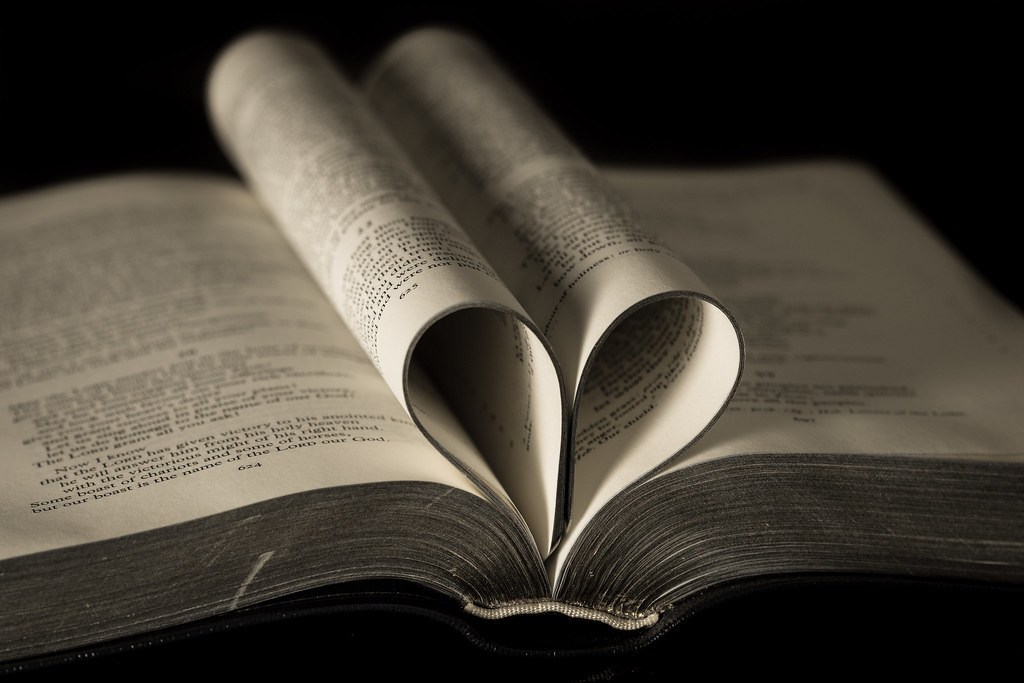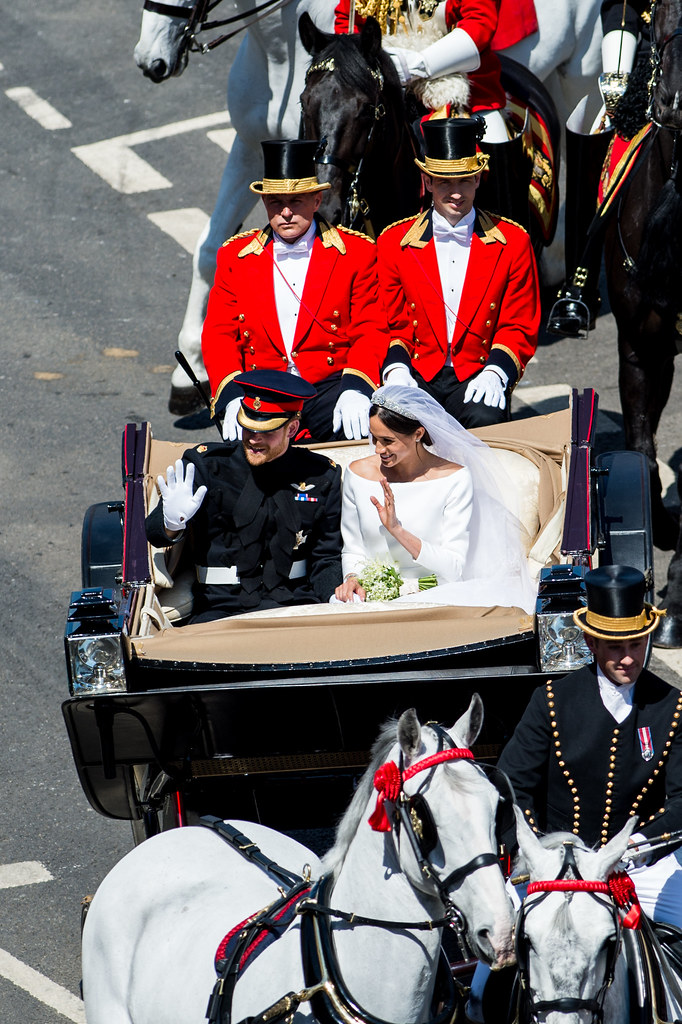
The world watched with bated breath and a collective sense of enchantment as Meghan Markle, an accomplished American actress, prepared to marry Prince Harry. Their union in 2018 was hailed by many as a modern fairytale, a captivating narrative that seemingly transcended centuries of tradition to embrace a new, inclusive chapter for the British monarchy. For countless observers, and indeed, for the Duchess of Sussex herself, the initial vision of royal life was undeniably imbued with a certain ‘sparkly and fun’ magic, reminiscent of the beloved ‘Disney princess fantasy’ that has captivated imaginations for generations.
However, as royal experts and insiders have meticulously documented, the reality of life within the hallowed halls of Kensington and Buckingham Palace proved to be a stark departure from this idyllic expectation. The intricate tapestry of royal existence is woven not with stardust and whimsical songs, but with the unyielding threads of centuries-old rules, rigid protocols, and an unwavering dedication to duty. This profound divergence between perception and reality became the crucible in which Meghan’s royal journey was forged, leading to a series of significant challenges and ultimately, a seismic shift in the House of Windsor.
This in-depth exploration will delve into the critical facets of this transformation, meticulously examining the specific points of friction that emerged as Meghan navigated her new role. We will dissect the widely discussed ‘Disney princess fantasy’ and contrast it with the formidable edifice of royal expectations, providing a nuanced perspective on the pressures and paradoxes inherent in marrying into one of the world’s most enduring and scrutinized institutions. Through expert insights and documented accounts, we aim to illuminate the complex interplay between personal aspirations and the immovable force of royal tradition.
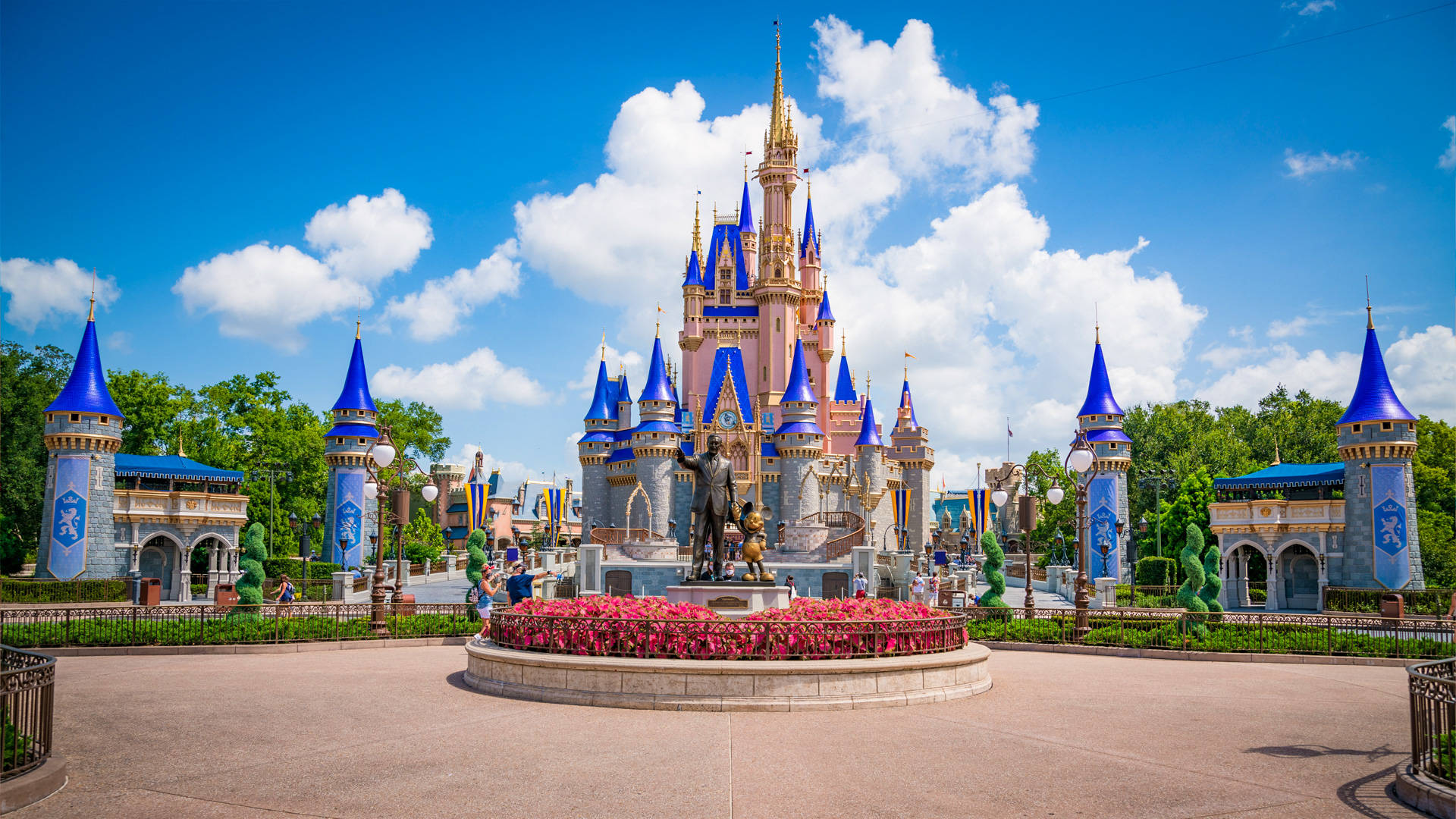
1. **The ‘Disney Princess Fantasy’ Expectation**The allure of royalty, particularly for those outside its gilded cage, often conjures images of unbridled glamour, effortless charm, and an existence free from the mundane. For Meghan Markle, this vision was no different. British broadcaster and photographer Helena Chard succinctly captured this sentiment, stating that Meghan ‘did feel that being a princess would be something sparkly and fun.’ This perception, as former royal butler Grant Harrold noted, stemmed from an assumption that after ‘watching all the Disney princesses,’ her new life would mirror those enchanting tales.
The allure of royalty, particularly for those outside its gilded cage, often conjures images of unbridled glamour, effortless charm, and an existence free from the mundane. For Meghan Markle, this vision was no different. British broadcaster and photographer Helena Chard succinctly captured this sentiment, stating that Meghan ‘did feel that being a princess would be something sparkly and fun.’ This perception, as former royal butler Grant Harrold noted, stemmed from an assumption that after ‘watching all the Disney princesses,’ her new life would mirror those enchanting tales.
This expectation of a ‘Disney princess fantasy’ is not unique to Meghan; it is a pervasive cultural narrative that often glosses over the profound responsibilities and rigorous demands placed upon working royals. The idea of meeting a prince, getting married, having children, and living ‘happily ever after,’ as former butler Grant Harrold described it, paints a picture of serene perfection. It’s a world where public appearances are grand theatrical events, and every moment is suffused with an almost magical glow, far removed from the less glamorous aspects of state duty and relentless scrutiny.
This romanticized view often positions royalty as a destination rather than a demanding vocation. The implicit promise of such a fantasy is a life where personal desires and grand pronouncements seamlessly align with public duties, where one can ‘do her thing’ without impedance. It’s an enticing, albeit deeply unrealistic, blueprint for a life under the intense glare of the global spotlight, an expectation that would inevitably collide with the immovable structures of the British monarchy.
The disjunction between this dream and reality became evident very quickly. The ‘sparkly and fun’ aspects, while present in moments of grand ceremony and public adoration, were ultimately overshadowed by the far more extensive and often less glamorous commitment to service. The fantasy, while a powerful motivator, did not prepare Meghan for the tangible weight of the crown, nor the specific and often unyielding strictures that came with it.
Product on Amazon: DISNEY STORE Official Princess Figure Set – 7 Fully Sculpted Disney Figures Including Cinderella, Mulan, Jasmine & More in Double-Tiered Box with Scenic Backgrounds
Brand: DISNEY STORE
Binding: Product Group: Toy
Price: 26.99 USD
Rating: 4.7 Total reviews: 114
Features:
1. 7 Sculpted Figures: Bring the magic of Disney Princesses home with this set of seven princess figures including Mulan, Pocahontas, Merida, Jasmine, Snow White, Aurora & Cinderella.
2. Double-Tiered Display: Showcase these Disney princess toys in a cool double-tiered box with scenic backgrounds. Great as princess party favors, character toys, or as Disney princess cake toppers.
3. Versatile Mini Figures: Perfect for princess party decorations or as a cake topper, these small figurines enhance any celebration. Add a touch of Disney princess magic with these Disney toys!
4. Play & Display: Create your own fun adventures with this Disney princess toy figures set! Whether as princess party decorations or Disney collectibles, this Disney figure set inspire imagination.
5. Perfect Gift for Disney Fans: Looking for the ideal gift? This Disney figure play set has something for every fan. Perfect for birthdays, holidays, or any special occasion.
Shopping on Amazon >>
Read more about: Hold Up! These 14 Movie Sequels Absolutely Crushed Their Originals, And We’re Here For It!
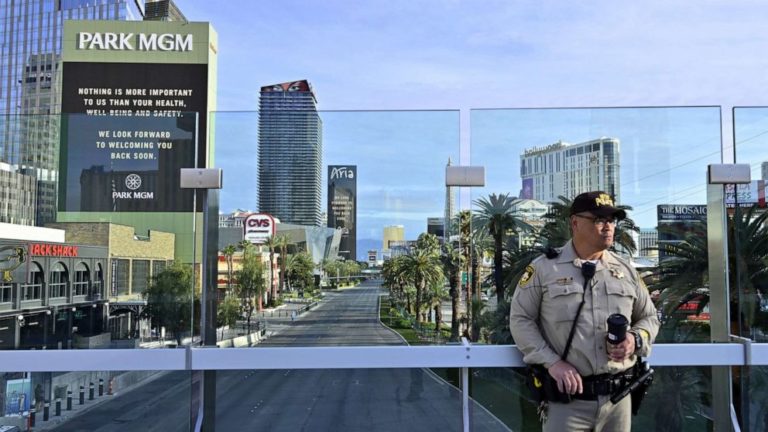
2. **The Reality: Strict Royal Rules and Protocols**In stark contrast to the whimsical notions of a fairytale princess, the British royal family operates within a deeply entrenched framework of ‘rules and protocols to follow.’ This intricate system, refined over centuries, dictates nearly every aspect of a royal’s public and private life, from their wardrobe choices and seating arrangements to their interactions with the public and their official duties. It is a world where tradition is paramount, and deviation is often met with considerable pushback, both from within the institution and from external observers.
In stark contrast to the whimsical notions of a fairytale princess, the British royal family operates within a deeply entrenched framework of ‘rules and protocols to follow.’ This intricate system, refined over centuries, dictates nearly every aspect of a royal’s public and private life, from their wardrobe choices and seating arrangements to their interactions with the public and their official duties. It is a world where tradition is paramount, and deviation is often met with considerable pushback, both from within the institution and from external observers.
Grant Harrold, with his years of experience serving King Charles, highlighted this fundamental truth: ‘When you join the royal family, you are given rules and protocols to follow.’ These aren’t suggestions or polite requests; they are the bedrock of the monarchy’s operation, designed to maintain decorum, continuity, and the public’s perception of stability. The expectation is not for individual self-expression, but for adherence to a collective identity and purpose that supersedes personal preference.
The comprehensive nature of these protocols extends to the smallest details, shaping a royal’s existence into one of careful choreography. This includes how one bows or curtsies, the precise timing of announcements, and even the subtle language used in official communications. For an individual accustomed to a life of greater personal freedom and agency, this sudden immersion into a world of prescribed actions and formal expectations can be profoundly disorienting, challenging the very notion of self.
Royal commentator Victoria Arbiter underscored this difficulty, explaining that Meghan ‘didn’t realize that you can’t just walk out of the palace whenever you want.’ This seemingly simple statement encapsulates the vast gulf between a commoner’s life and a royal’s. The palace is not merely a residence; it is a workplace, a symbol, and a gilded cage, where every movement is imbued with symbolic meaning and often subject to approval and prior planning. The reality of these strictures quickly dismantled the romantic illusions of a carefree royal existence.
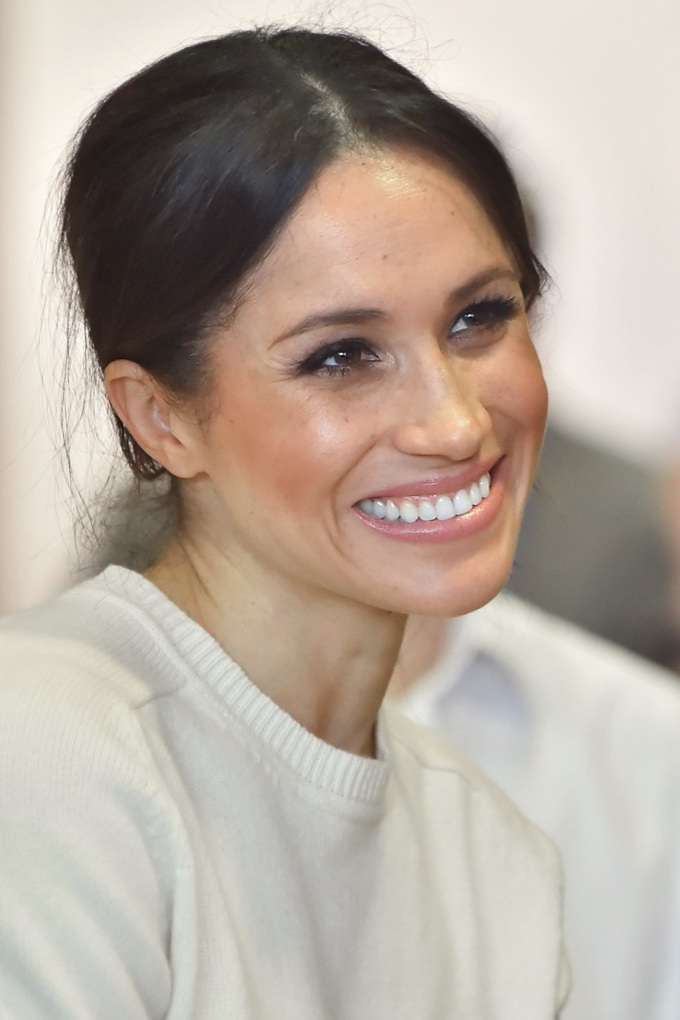
3. **The Desire for ‘Center Stage’ and Personal Autonomy**Meghan Markle’s background as a successful American actress instilled in her a natural inclination towards the ‘center stage.’ As British broadcaster Helena Chard observed, Meghan is ‘very much somebody who likes to center stage’ and someone who ‘just wants to do things that she wants to do.’ This inherent drive for visibility and the ability to steer her own path stood in direct opposition to the traditional royal ethos, which often prioritizes collective duty and a degree of personal effacement.
Meghan Markle’s background as a successful American actress instilled in her a natural inclination towards the ‘center stage.’ As British broadcaster Helena Chard observed, Meghan is ‘very much somebody who likes to center stage’ and someone who ‘just wants to do things that she wants to do.’ This inherent drive for visibility and the ability to steer her own path stood in direct opposition to the traditional royal ethos, which often prioritizes collective duty and a degree of personal effacement.
In the world of acting and celebrity, individuals often cultivate a strong personal brand, making choices that enhance their public profile and reflect their unique identity. This environment fosters a sense of autonomy, where one’s career trajectory is largely self-directed. Entering the royal family, however, means subsuming much of that individual identity into a much larger, historical institution, where personal desires frequently take a backseat to institutional demands and the needs of the Crown.
This deep-seated desire for independence was not easily relinquished. Royal commentator Victoria Arbiter noted an ‘expectation that she could continue to do things her own way, that she could still be this independent woman who happened to marry a prince.’ Such an expectation, while entirely understandable from a modern perspective, fundamentally misaligned with the historical modus operandi of the monarchy, which demands conformity and a deference to established norms.
The struggle to reconcile this innate drive for personal agency with the strictures of royal life became a recurring theme in Meghan’s early years as a Duchess. The ability to make independent decisions, to champion causes on her own terms, and to maintain a distinct public persona, all hallmarks of her pre-royal life, proved immensely difficult within a system designed for cohesion and continuity rather than individual expression. This tension was a constant source of friction, undermining the ‘sparkly and fun’ veneer she might have anticipated.
Read more about: The Ultimate Dive: 14 Fictional Characters Who Left an Indelible Mark on Pop Culture
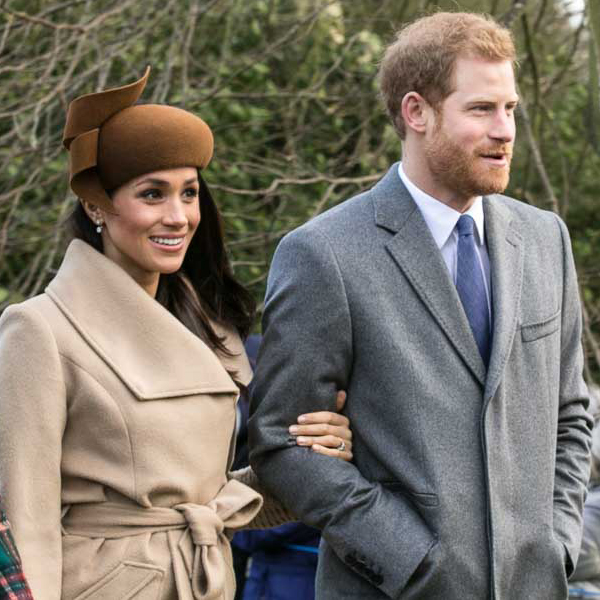
4. **The Unyielding Royal Schedule and Its Demands**One of the most concrete manifestations of royal protocol that swiftly shattered any illusion of personal flexibility was the meticulously planned royal schedule. Unlike typical professional or social calendars, the engagements of senior royals are not arranged week-to-week; they are precisely orchestrated ‘six months in advance.’ This unyielding framework ensures seamless coordination for state events, international tours, and charitable endeavors, but leaves virtually no room for spontaneous personal plans or last-minute alterations.
One of the most concrete manifestations of royal protocol that swiftly shattered any illusion of personal flexibility was the meticulously planned royal schedule. Unlike typical professional or social calendars, the engagements of senior royals are not arranged week-to-week; they are precisely orchestrated ‘six months in advance.’ This unyielding framework ensures seamless coordination for state events, international tours, and charitable endeavors, but leaves virtually no room for spontaneous personal plans or last-minute alterations.
Former royal butler Grant Harrold vividly recounted an incident that underscored this rigid reality. He shared that Meghan once expressed a desire to ‘host her friends for lunch on a day when she was supposed to carry out a royal duty while she was still a senior royal.’ This seemingly innocent request was met with the blunt reality that ‘that’s not how it works.’ The schedule is immutable, a fixed grid that commands adherence from all working members of the family, regardless of personal preference.
The implications of a six-month advance schedule are profound, particularly for someone coming from a dynamic, fast-paced industry like entertainment. It means that major life events, social gatherings, and even simple personal appointments must be anticipated and integrated far in advance. This pre-planned existence inherently restricts spontaneity and imposes a level of forethought that can feel stifling to an individual accustomed to greater control over their daily itinerary.
Harrold’s observation that ‘one can’t change it’ highlights the institutional weight behind these arrangements. The royal diary is not a suggestion; it is a command. For Meghan, who Harrold said thought she could ‘do her thing,’ this fixed structure represented a formidable barrier to the personal autonomy she valued. It was a tangible example of how royal life demanded a profound reorientation of her approach to time, commitments, and self-management, proving far less pliable than her Disney-esque expectations.
Read more about: Beyond the Pitch: David Beckham’s Coveted 1o-Car Collection — A Masterclass in Automotive Luxury and Style
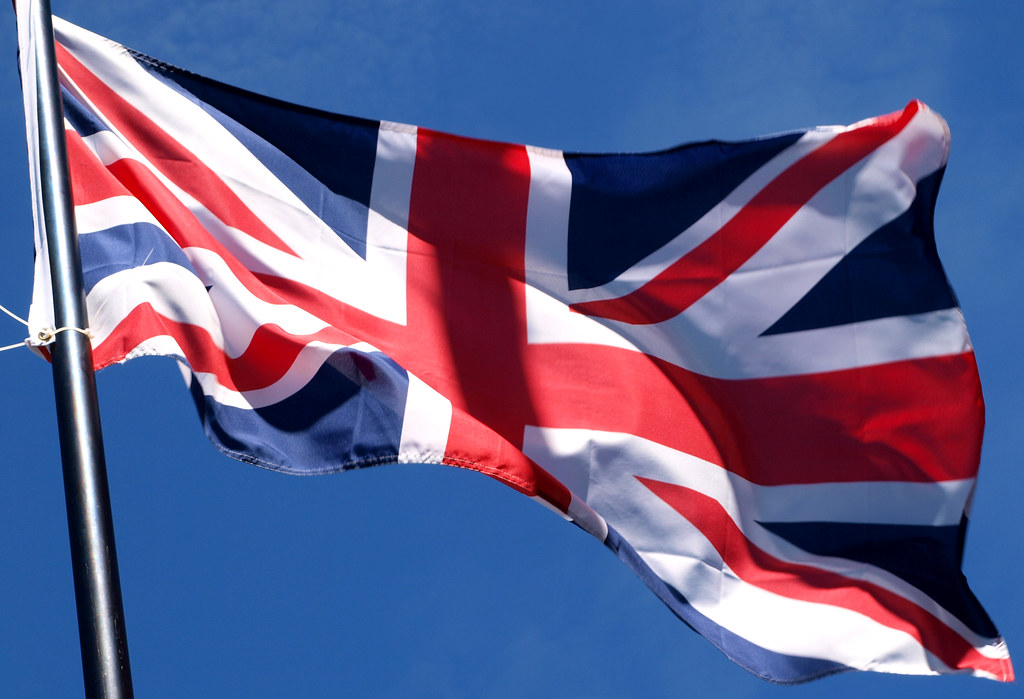
5. **The Clash with Traditional Royal Roles**
The British monarchy, at its core, embodies a deeply traditional definition of ‘royal roles’ centered on ‘dedication to duty and serving.’ This ethos emphasizes a life of public service, often behind the scenes, and a consistent, unwavering presence in support of national institutions and charitable causes. It is a role steeped in quiet resilience and a profound commitment to the Crown, rather than the pursuit of individual fame or personal accolades.
Royal expert Hilary Fordwich acutely articulated this clash, noting that Meghan was initially mesmerized by the ‘glamour, glitz, publicity and glory’ of royal life. However, Fordwich contended that she failed to grasp that ‘the monarchy is more about dedication to duty and serving.’ This fundamental misunderstanding of the job description created an immediate tension, as Meghan’s perceived desire for ‘all of the glory and fame’ was not matched by an appreciation for the ‘daily drudgery of dedication to duty royalty involved.’
This conflict arose from two disparate worldviews colliding: a modern, celebrity-oriented perspective where public visibility often equates to influence and success, versus an ancient institution where sustained, often unglamorous, service is the ultimate measure of worth. Meghan’s inclination, nurtured by her previous career, was likely to actively shape her public image and narrative, a practice often curtailed by the monarchy’s more controlled and uniform approach to public relations.
The traditional royal role demands a certain self-sacrifice, where personal opinions are rarely voiced, and individual initiatives are typically channeled through established institutional frameworks. For someone accustomed to a more direct and personal method of engagement and advocacy, this subtle, often bureaucratic, approach could feel stifling and ‘inauthentic,’ as Meghan herself later described aspects of her royal life in an interview promoting her series ‘With Love, Meghan.’
Product on Amazon: Clash Royale All Hail The King Epic Royal Portrait T-Shirt
Brand: Supercell
Binding: Apparel Product Group: Apparel
Price: 19.99 USD
Features:
1. Officially Licensed Supercell Apparel for Men – Boys; Video Game T-Shirts; Clash of Clans T-Shirts; Mobile Game; Supercell; Card Game; Tower Defense; King Tower; Card; Legendary; Strategy; Action; Online Game; Gaming; War; Battle;
2. 253SCR00006A-001
3. Lightweight, Classic fit, Double-needle sleeve and bottom hem
Shopping on Amazon >>
Read more about: Jessica Biel’s Journey: Unpacking the Gorgeous Transformation of an A-List Icon Through the Years
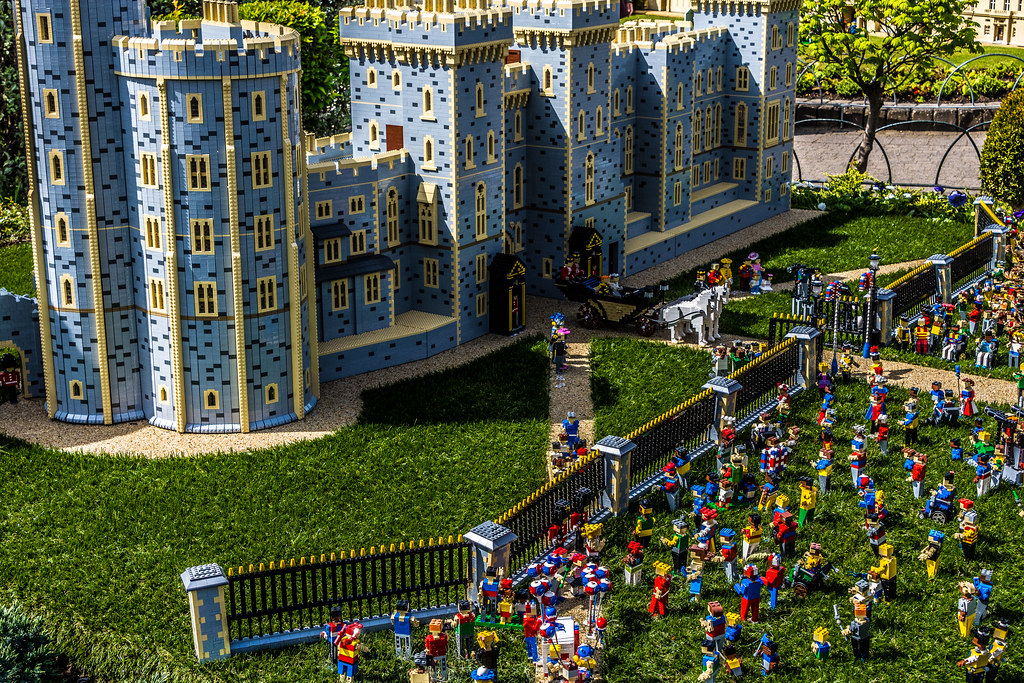
6. **The Perceived Lack of Preparation for Royal Life**
A recurring theme among royal experts is the apparent ‘lack of preparation’ Meghan Markle received before fully immersing herself in royal life. Marrying into one of the world’s most scrutinized families is not a casual undertaking, and the absence of a comprehensive onboarding process proved to be a significant vulnerability. Ingrid Seward, editor-in-chief of Majesty magazine, remarked pointedly, ‘Nobody sat down with her beforehand and said, ‘This is what you’ll be expected to do.”
This void of clear guidance meant that Meghan, an outsider to this unique world, was left to decipher the unwritten rules and navigate the labyrinthine protocols largely on her own. While Prince Harry undoubtedly spoke with her, Helena Chard suggested that Harry ‘will have spoken to her, and she would have done research as well,’ but that ultimately, ‘she realizes it wasn’t something that she wanted.’ The informal discussions and personal research likely fell short of the intensive, practical training one might expect for such a high-profile, demanding role.
The consequences of this unpreparedness were manifold. Without a clear understanding of the ‘trials and tribulations of being a princess,’ as Chard put it, Meghan was left susceptible to feelings of frustration and disillusionment as her expectations clashed with reality. The learning curve was steep and public, forcing her to adapt in real-time under immense media scrutiny, often leading to missteps that were then amplified by commentators.
In any other high-stakes environment, whether in business or politics, individuals entering such a public and rule-bound position would undergo rigorous training and mentorship. The perceived absence of such structured preparation for Meghan highlights a systemic issue within the monarchy itself – an assumption, perhaps, that tradition and osmosis would suffice. This left Meghan in a particularly challenging position, navigating a complex new world without a clear map.
Read more about: Bartenders Spill: 14 Drinks They Secretly Dread Making (And Why You Might Want to Rethink Your Order!)
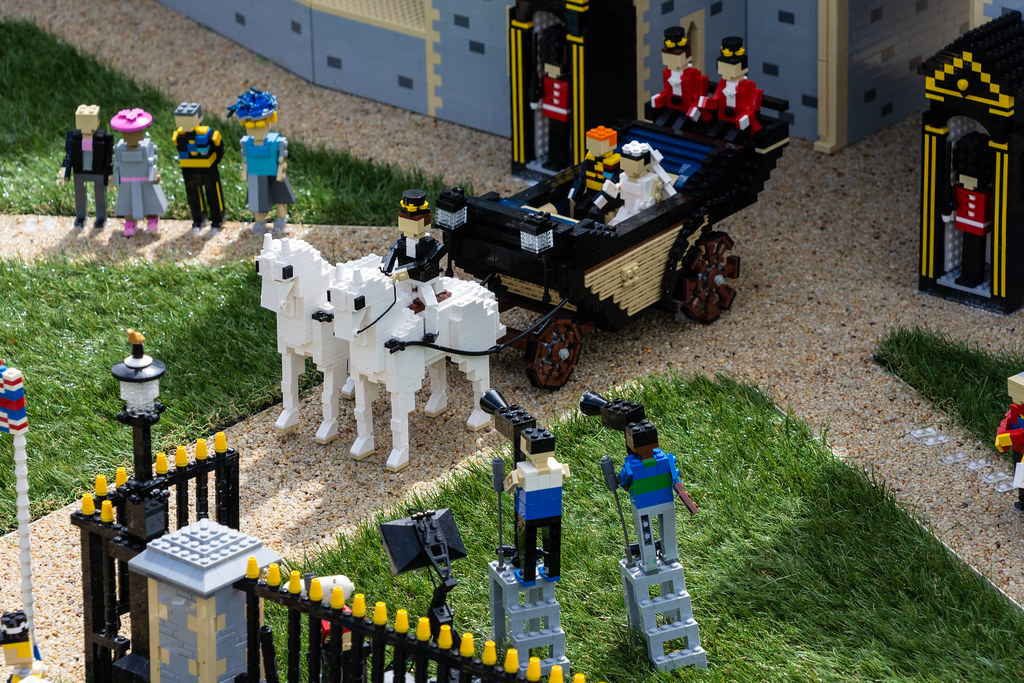
7. **The ‘Sparkly and Fun’ Life vs. Daily Drudgery**
The central conflict of Meghan Markle’s early royal tenure can be encapsulated in the stark dichotomy between the ‘sparkly and fun’ life she anticipated and the demanding ‘daily drudgery’ that characterized her reality. While the occasional state banquet or red-carpet event might have offered glimpses of the glamour, these moments were fleeting, submerged within a much larger sea of relentless, often unexciting, obligations and relentless scrutiny.
Helena Chard explicitly stated that ‘life as a working royal isn’t all sparkly.’ This observation underscores that behind the grand facades and ceremonial pomp lies a demanding professional role that requires considerable discipline and emotional fortitude. It involves countless hours dedicated to charity work, official visits, and diplomatic engagements, many of which may not capture headlines but are crucial to the monarchy’s public image and operational effectiveness.
The ‘daily drudgery,’ as Hilary Fordwich aptly described it, encompasses everything from endless meetings and extensive travel to polite small talk at receptions and adhering to strict dress codes. It means being ‘on’ constantly, representing the institution with unwavering decorum, even when facing personal challenges or exhaustion. This unceasing demand for performance and the suppression of personal feelings can be an immense burden, far removed from any ‘fantasy’ of a carefree existence.
Ultimately, this relentless commitment, coupled with the loss of personal autonomy and the constant public glare, chipped away at the initial enchantment. The sheer weight of responsibility, the incessant need to conform, and the realization that personal desires often had to be sacrificed for institutional duty combined to create an experience that was, for Meghan, far from the ‘sparkly and fun’ fairytale she had once imagined. This fundamental disillusionment paved the way for significant introspection and eventual life-altering decisions.
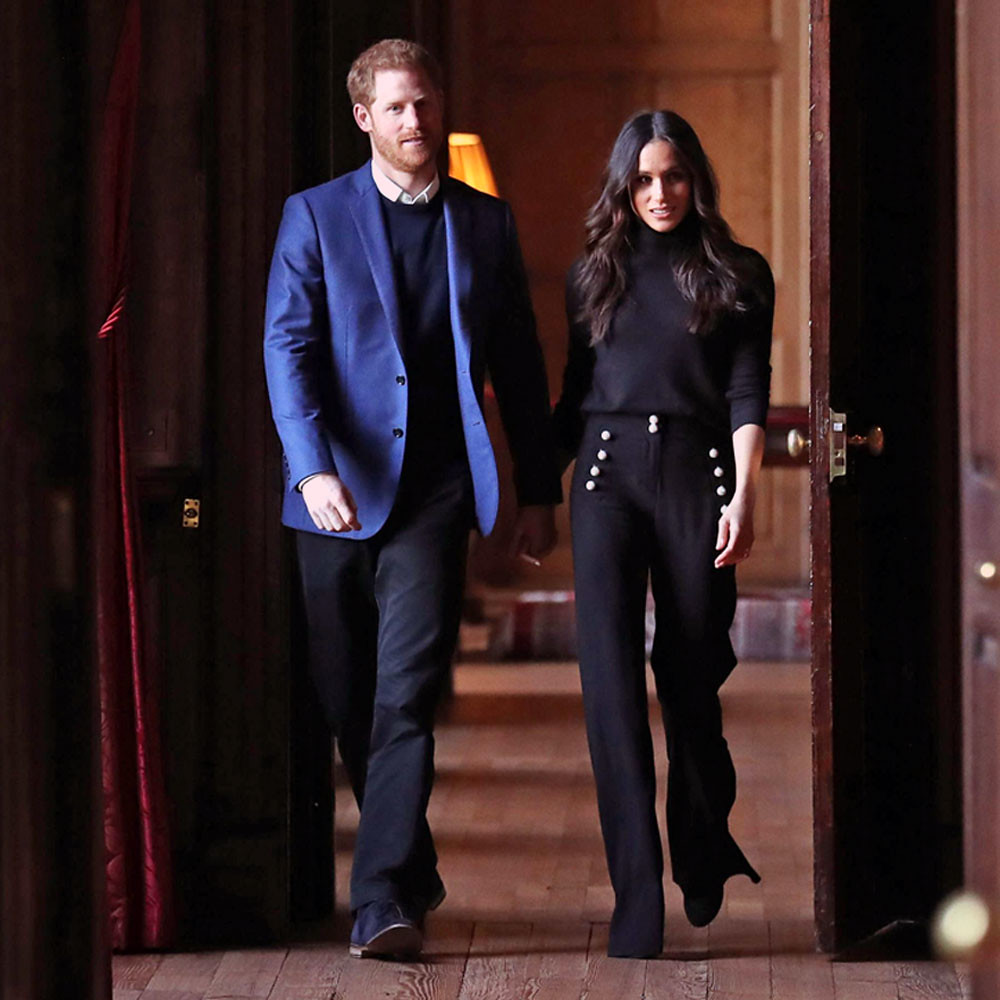
8. **The Monumental Step Down: “Megxit” and the Shift to California**
The profound chasm between Meghan Markle’s ‘Disney princess fantasy’ and the demanding realities of royal life ultimately led to a seismic shift within the British monarchy. In 2020, just two years after their fairytale wedding, Prince Harry and Meghan made the unprecedented decision to step down as senior royals. This move, famously dubbed “Megxit” by the media, sent “shockwaves in the British monarchy,” altering the course of the institution and the lives of the couple forever.
Their departure marked a definitive break from the rigid protocols that had proven so challenging for Meghan. By leaving England for California, the couple sought a new chapter where they could define their own roles and pursue endeavors free from the constant strictures of royal duty. This was not merely a change of address; it was a fundamental reorientation of their lives, driven by the desire for greater independence and the ability to articulate their own narrative outside the confines of the palace walls.
However, this freedom came with its own set of consequences, particularly for Prince Harry. Former butler Grant Harrold observed that Harry’s “media deals—ranging from podcasts, memoirs, to Netflix specials—have dealt irreparable damage” to his relationship with the family. The very act of carving out an independent path, while offering personal liberation, inadvertently became a source of further strain and public scrutiny, highlighting that exiting the royal fold did not erase its pervasive influence.
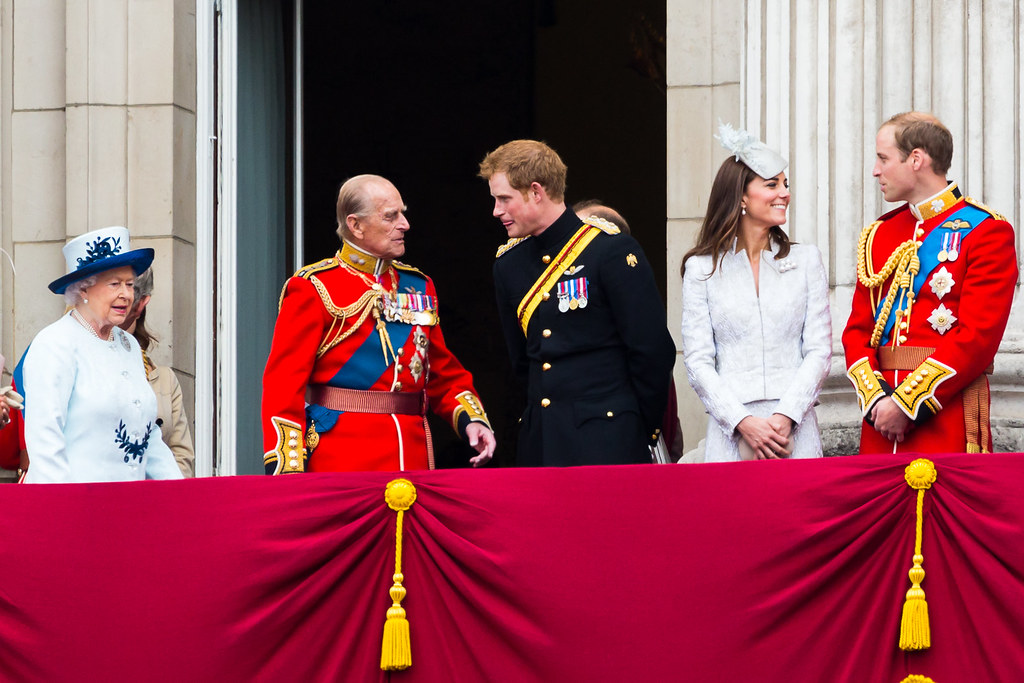
9. **The Deepening Divide: Prince William and Prince Harry’s Fractured Relationship**
One of the most poignant and publicly discussed consequences of the Sussexes’ departure has been the palpable strain on familial relationships, particularly between the once-inseparable brothers, Prince William and Prince Harry. Royal experts have frequently commented on the profound shift in their bond, with British broadcaster Helena Chard stating unequivocally that Prince William “doesn’t trust” Harry. This sentiment underscores a deeply personal rift that extends beyond mere public disagreements.
Chard further elaborated on the atmosphere of discord, noting that “there’s an awful lot of drama always surrounding him” and that “there’s a lot of upset.” The narrative suggests a persistent pattern of behavior from Harry that has caused considerable friction within the family, leading to a breakdown of trust that once seemed unbreakable. This emotional cost weighs heavily, not only on the individuals involved but also on the public perception of the monarchy’s unity.
The absence of visible reconciliation further exacerbates this divide. Chard remarked that “there doesn’t seem to be an awful lot of apologies coming from Prince Harry, and it makes it very hard.” This perceived lack of contrition, from the perspective of royal observers, has made the healing process exceptionally challenging, leaving a chasm where once there was an unbreakable bond of brotherhood. The intricate web of trust, once torn, requires significant effort and acknowledgment to repair.
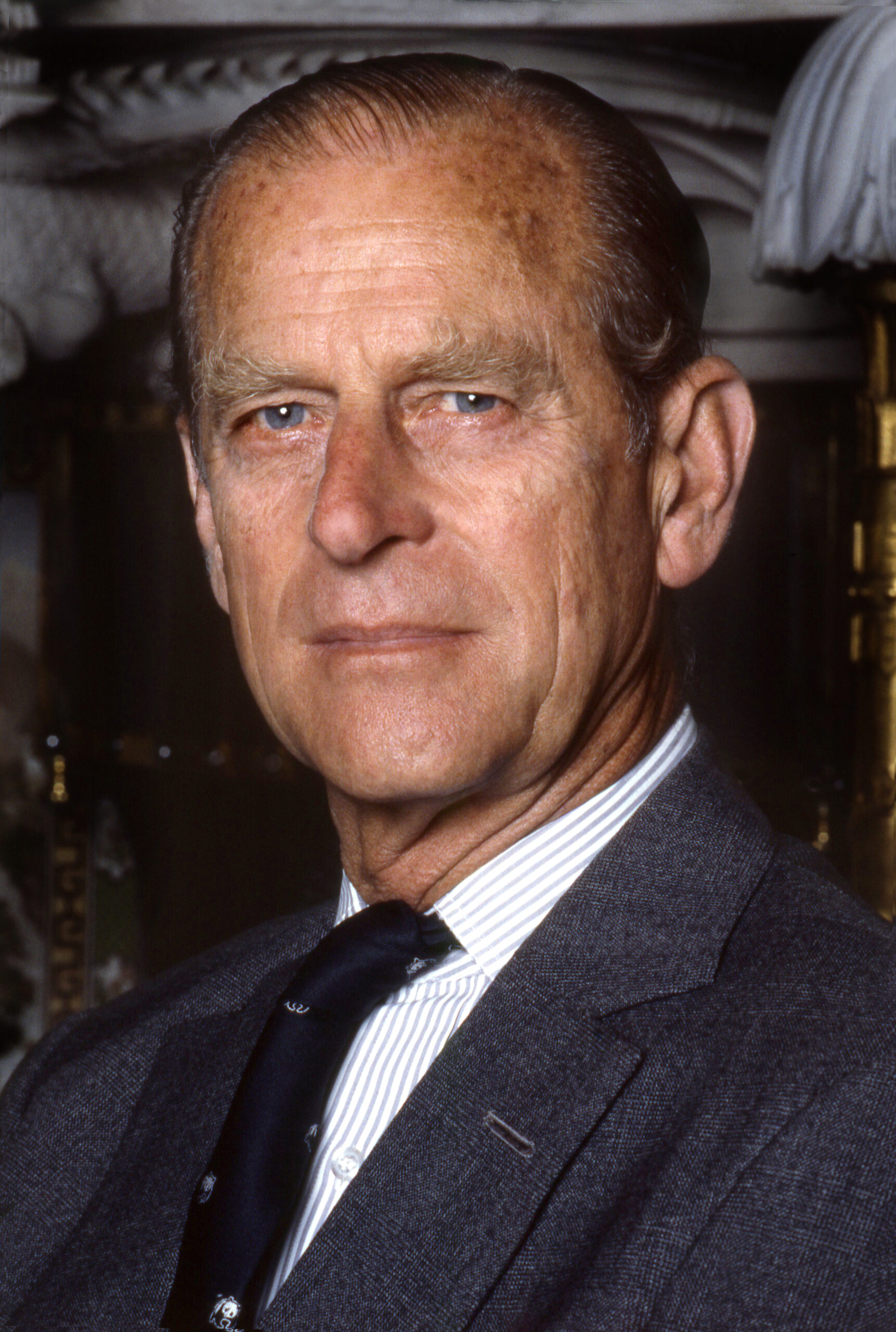
10. **King Charles’s Perspective: Love, Trust, and Consequences**
The relationship between Prince Harry and his father, King Charles, presents a more nuanced picture, often characterized by a delicate balance of paternal affection and institutional concern. Helena Chard conveyed the King’s enduring love for his youngest son, stating, “King Charles loves his darling boy, Prince Harry.” This deeply personal sentiment hints at the enduring bond that persists despite the public controversies and geographical distance.
However, this love is interwoven with a profound sense of distrust, particularly concerning Harry’s ventures into public commentary and media deals. Grant Harrold revealed that the King “doesn’t trust Harry, because of what Harry has said. He worried that he would use it to his advantage. And he has.” This institutional apprehension highlights the dilemma faced by a monarch balancing family ties with the need to protect the integrity and reputation of the Crown. The fear of future revelations, whether in books or interviews, looms large.
Despite this underlying tension, moments of familial connection still occur. Harry reunited with Charles for the first time in over a year recently, a testament to the enduring, albeit complicated, nature of their relationship. These encounters, however brief, suggest a persistent hope for rapprochement, even as the consequences of past actions continue to cast a long shadow over their interactions and mutual trust, demonstrating the enduring complexities of their bond.
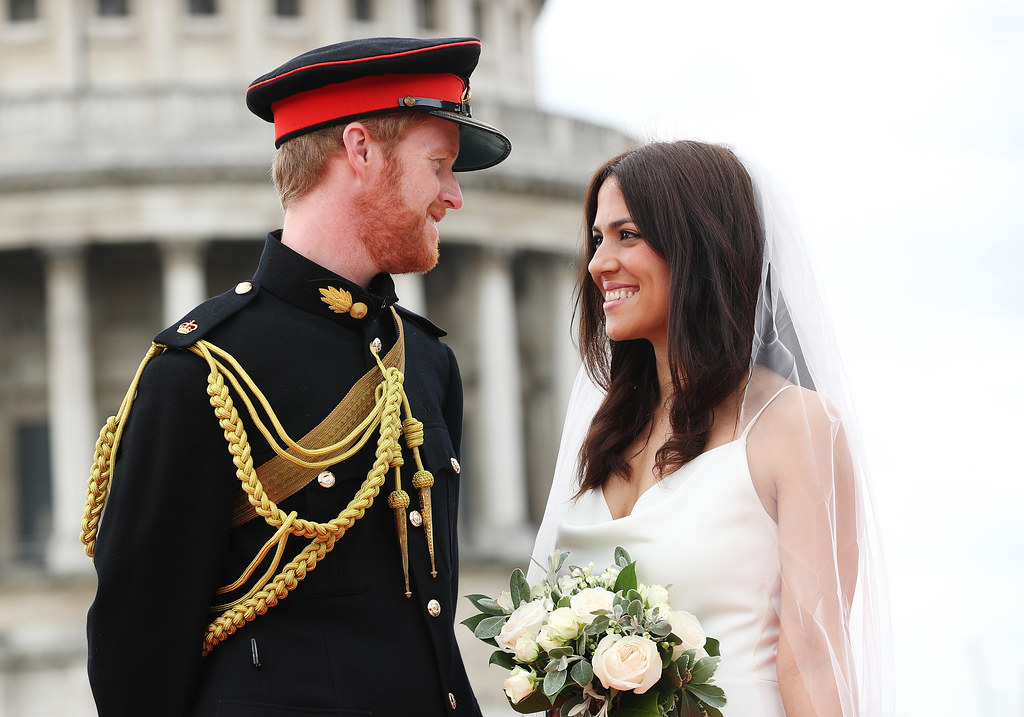
11. **Forging a New Path: The Sussexes’ Ventures in the United States**
Having stepped away from their formal royal duties, Meghan and Harry embarked on an ambitious new chapter in the United States, carving out a space for themselves in Montecito, California. This move heralded a series of independent ventures, designed to leverage their global platform for causes they championed while allowing them greater creative and financial autonomy. Their Montecito mansion itself became a symbol of this new life, with Meghan’s “grounded’ space… that breaks design rules” and a rustic kitchen hinting at a departure from traditional royal aesthetics.
At the forefront of these endeavors is their significant partnership with Netflix, producing a variety of content that offers a glimpse into their lives and perspectives. Meghan’s show, “With Love, Meghan,” has become a focal point, showcasing aspects of her personality and passions. The series has revealed intimate details, from “Princess Lilibet’s ‘clever’ daily demand” to glimpses of their children, Prince Archie and Princess Lilibet, as “Meghan’s little helpers in precious new photos.” This platform allows Meghan to engage with her audience on her own terms, hinting at potential “new career move amid uncertainty over series 3.”
Beyond media, Meghan has also ventured into the lifestyle sphere, hinting at “big news from her lifestyle brand, As Ever.” This expansion into entrepreneurial pursuits underscores a desire to build a diverse portfolio that reflects her interests and values. The collective impact of these ventures, from documentaries to lifestyle brands, marks a conscious effort to establish a distinct identity and influence beyond the traditional confines of royalty, illustrating a determined pursuit of self-definition in the glare of the global spotlight.
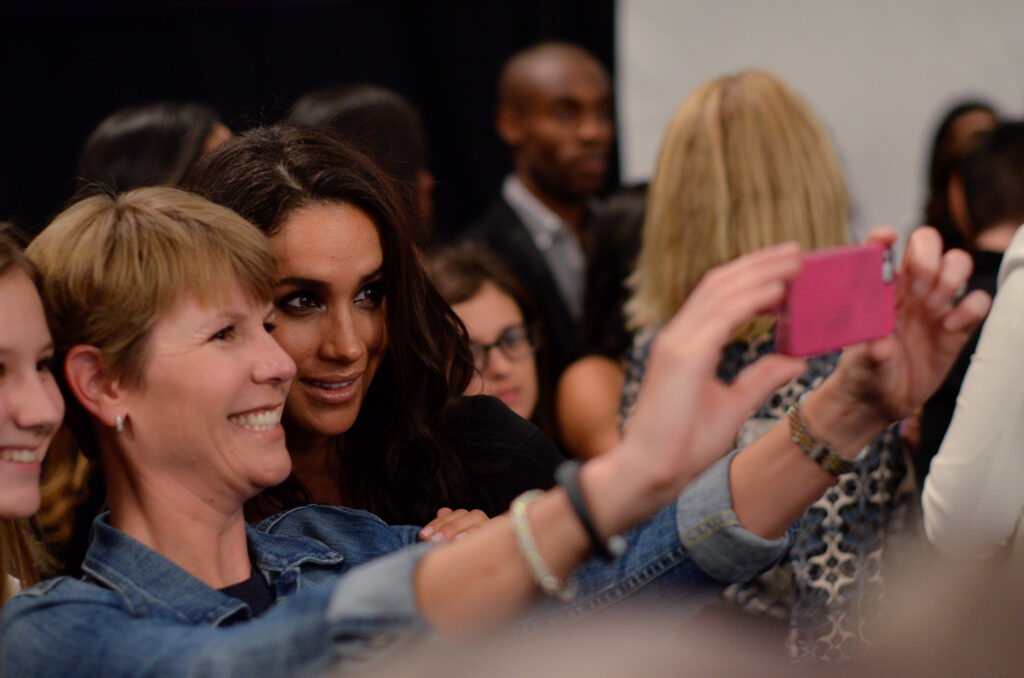
12. **Meghan’s Enduring Commitment: Charitable Endeavors and Personal Space**
Despite the intense scrutiny and the challenges of adapting to royal life, Meghan Markle’s commitment to charitable endeavors remains a consistent thread throughout her journey, both within and outside the monarchy. Former royal butler Grant Harrold, despite his criticisms, praised her dedication, noting, “She’s done incredibly well considering everything” in regard to her work. This aspect of her public life aligns with her stated desire to make a meaningful impact, a drive that predates her royal marriage and continues to define her public persona.
In her new life in Montecito, Meghan has cultivated a personal environment that appears to foster both creativity and “mental clarity.” Her mansion includes an “unseen space” designed for this purpose, a sanctuary that contrasts sharply with the demanding, regimented environment of royal palaces. This deliberate creation of a private, reflective space underscores her need for an environment where she can pursue her passions and plan her endeavors free from the relentless public gaze and the strictures she once found so constricting.
The content generated from her Californian home, particularly for “With Love, Meghan,” often intertwines personal reflections with her advocacy. Through episodes, she has revealed insights into her family life and interests, from “Meghan Markle uses sweet pet name for Harry in new surfing post” to glimpses of her children’s preferences, such as “which pet Archie and Lili are ‘really’ desperate to own.” These personal touches, combined with her ongoing projects, demonstrate a strategy to connect with audiences authentically while continuing to champion causes close to her heart, demonstrating her unique blend of public duty and personal expression.

13. **The Monarchy’s Evolving Landscape: Tradition vs. Modernity**Meghan Markle’s experience has inadvertently cast a spotlight on the British monarchy itself, raising pertinent questions about its ability to adapt and evolve in a rapidly changing world. Royal biographer Duncan Larcombe suggested that the institution needs to “evolve to accommodate changing attitudes and values, particularly among younger generations.” This observation highlights a systemic challenge for a centuries-old institution striving to maintain relevance and appeal in a modern, diverse society.
Meghan Markle’s experience has inadvertently cast a spotlight on the British monarchy itself, raising pertinent questions about its ability to adapt and evolve in a rapidly changing world. Royal biographer Duncan Larcombe suggested that the institution needs to “evolve to accommodate changing attitudes and values, particularly among younger generations.” This observation highlights a systemic challenge for a centuries-old institution striving to maintain relevance and appeal in a modern, diverse society.
The tension between deeply entrenched tradition and the imperative for modernity is an ongoing saga within the royal family. The rules and protocols that Meghan found so restrictive are the very fabric that has sustained the monarchy for generations. However, this rigid framework, while providing stability, can also be perceived as an impediment to progress and inclusivity. Meghan’s struggles, therefore, serve as a case study in this broader institutional dilemma, prompting debate about how much the monarchy can, or should, bend.
Experts’ insights indicate that the “systemic issue within the monarchy itself” might be an assumption that tradition and osmosis would suffice for newcomers, rather than providing structured preparation. This perceived lack of proactive adaptation points to a need for internal reflection and potential reforms, particularly in how it integrates new members and communicates its expectations. The “Meghan effect” has, in this sense, compelled a renewed examination of the monarchy’s enduring challenges and its path forward in the 21st century.
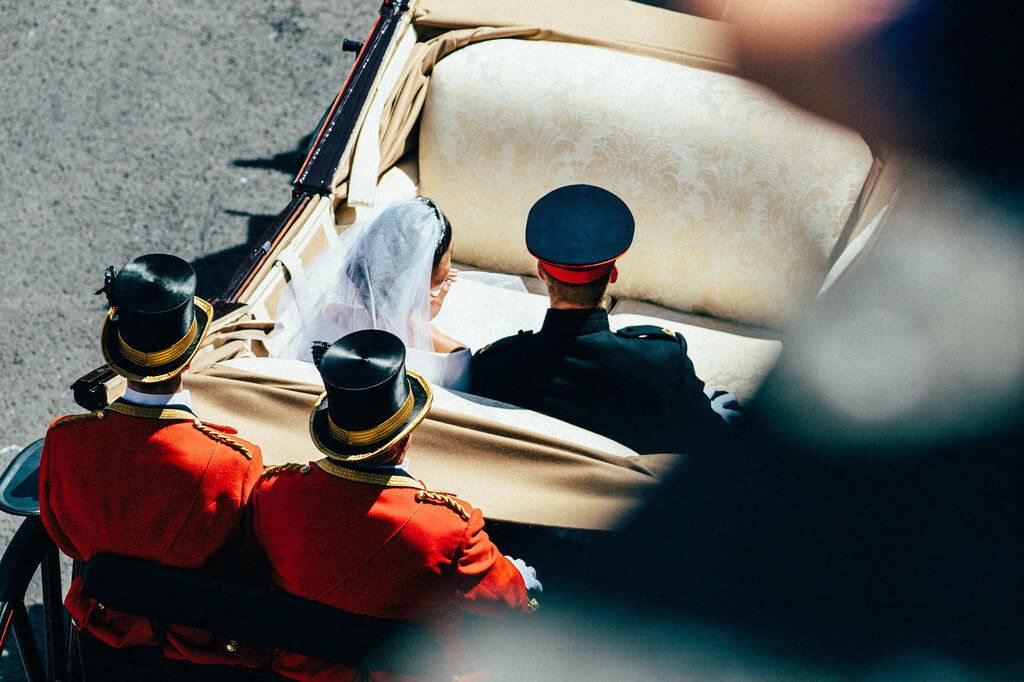
14. **The Unfolding Legacy: The Lasting Impact of Their Decisions**
The story of Meghan Markle and Prince Harry’s journey from royal enchantment to independent life in California continues to unfold, leaving an indelible mark on both the individuals involved and the institution they departed. Their decisions have ignited a global conversation about the expectations placed upon royals, the complexities of public life, and the enduring tension between personal autonomy and institutional duty. “Meghan’s journey illustrates the challenges faced by those who enter the royal family, particularly when their personal aspirations clash with established traditions and protocols,” as acknowledged by experts.
The lasting impact of their choices extends beyond the immediate family friction. It encompasses the public’s ongoing fascination with their lives, their media ventures, and the perpetual debate surrounding their portrayal. Their narrative has become a potent symbol in the broader cultural dialogue about celebrity, power, and identity in an increasingly interconnected world. The couple’s efforts to control their own narrative, through platforms like Netflix, continue to shape public perception and their own legacy, demonstrating an acute awareness of their global influence.
Ultimately, Meghan and Harry’s saga serves as a compelling reminder that even in the most gilded cages, the human desire for authenticity and self-determination can lead to profound, institution-altering choices. Their experience highlights the ongoing “tension between tradition and modernity within the royal family,” suggesting that the echoes of their departure will resonate for years to come. Their story, far from concluding, remains a vital chapter in the evolving history of the British monarchy and the ever-shifting landscape of global celebrity, prompting continuous reflection on the enduring appeal and demands of royalty.
Read more about: Michael Seltzer, Pioneering Philanthropist and LGBTQ+ Advocate, Dies at 78: Decades-Long Fight Against AIDS Remembered
In the grand tapestry of royal history, where tradition often dictates destiny, Meghan Markle’s journey stands out as a compelling, multifaceted narrative. It is a story not just of personal disillusionment and adaptation, but of the intricate dance between individual desires and institutional demands. Her experience, meticulously dissected by experts, offers a rare and revealing glimpse into the often-unseen realities behind the royal facade, reminding us that even fairytales, when lived, come with their own profound complexities and consequences. The world continues to watch, captivated by the unfolding chapters of this distinctly modern royal tale.


